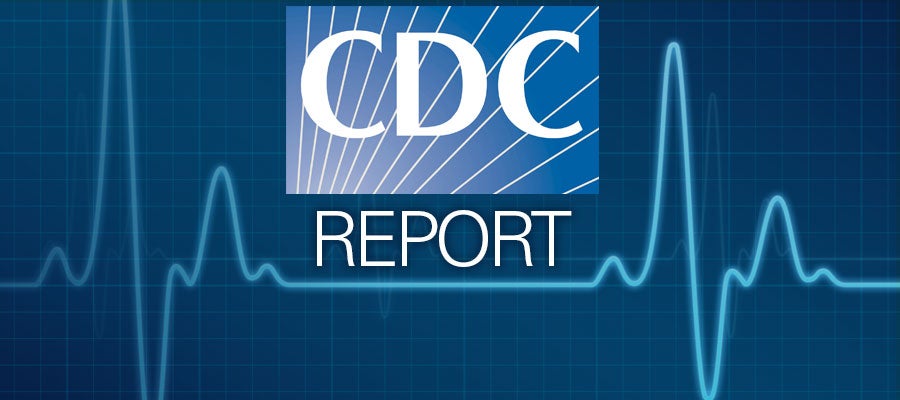
The departments of Health and Human Services, Labor and the Treasury Dec. 18 released a final rule that increases the administrative fee for disputes initiated under the No Surprises Act independent dispute resolution process from $50 to $115 per party per dispute.








